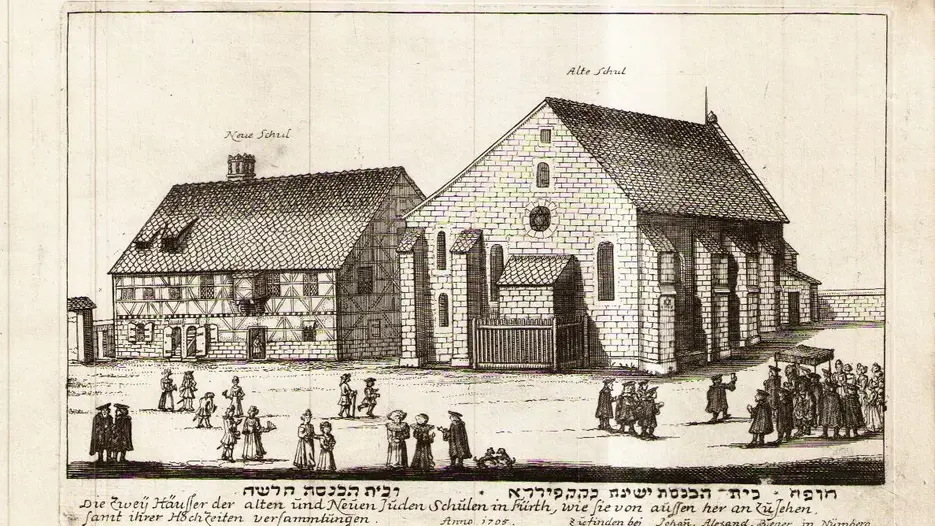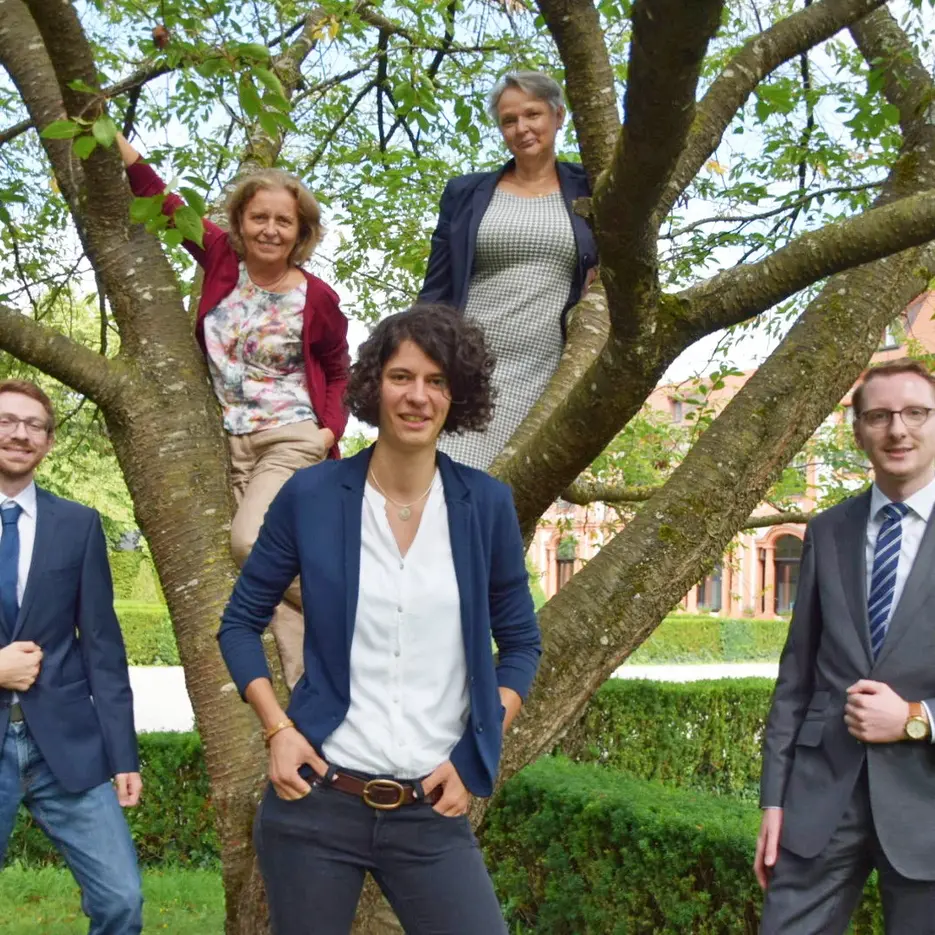When taking a look at German-Jewish history in the 17th and 18th centuries, it is striking that Jewish communities were not evenly distributed throughout the Reich at that time, but were concentrated in individual core regions. What conditions led to this settlement tradition and how did the Jewish minority actively participate in shaping it? A project investigating the fractal character and the dynamics of Jewish lifestyles in the south of the Old Reich in the 17th and 18th centuries under the direction of the historian Prof. Dr. Sabine Ullmann (KU) and her colleague Prof. Dr. Michaela Schmölz-Häberlein (University of Bamberg) aims to develop a comprehensive approach to explain this. The German Research Foundation (DFG) supports the three-year project, which involves three doctoral students, with almost 530,000 euros. Ullmann holds the Professorship of Comparative Regional History and Early Modern History at the KU, Schmölz-Häberlein teaches at the University of Bamberg as Associate Professor at the Chair of Modern History including Regional History. She also heads her own DFG project on Christian-Jewish cooperation, also at the Eichstätt Chair of Comparative Regional History and Early Modern History.
Since the Middle Ages, Jews have been able to place themselves under the protection of the local ruling prince for a fee. This principle of protected Jews, the so-called “Judenregal”, was not only a source of income for which territories competed with each other: “The settlement and taxation of Jews could even develop into to a political status issue and be instrumentalized accordingly in the dispute over sovereign rights," explains Professor Ullmann. However, Jews were not only the objects of competing claims to power, she said, but had influenced their own migration themselves and in some cases fended off attempts at expulsion. The project will draw on the example of Franconian regions to examine how they acted and moved within these small-scale power relations.
Using a wealth of information on individuals, which can be found for example in court records, fief letter books or council minutes, the participants work on a database, with which common patterns of the actors can then be identified as a group of persons. The corresponding sources can be found in state and city archives in Bavaria, Baden-Württemberg, Thuringia and Austria, among others. To date, the database already contains more than 7,000 persons, for which the team is cooperating with the Academy of Sciences in Mainz.
The mixing of religious spaces is typical of the Franconian dominions of the time:
The areas bordering the Saxon duchies to the north and east were predominantly Protestant, whereas the territories to the south and east were Catholic. "In this context, it is important to examine the extent to which the constant interactions between representatives of different rulers and different religious groups influenced the life forms and practices of the Jewish minority – and how Jews themselves helped shape territories in the process," says Ullmann. For a territory was not given as an abstract norm, but was only created through social or political practices in a process. The spatial allocation of claims to power, which partly also overlapped, were "frayed".
One of the areas under investigation is the Franconian city of Fürth, which was the most important Jewish settlement site in southern Germany at the time. Around the year 1750, about 500 Jewish families settled in the market town at that time, headed by a rich Jewish upper class. Accordingly, the Jews of Fürth were able to achieve a strong position under municipal law: Not only did they participate in municipal possessions (Allmenden), they were also able to send two deputies to the municipal assembly. Despite this prominent position, a modern socio-historical study of Fürth is still lacking to date, and the doctoral student Franziska Strobel has now set out to conduct the study. She explains: "Fürth itself is an exemplary reflection of the complexity of the conditions in authority, which Jews had to deal with: The Imperial City of Nuremberg, the Margraviate of Brandenburg-Ansbach, and the Cathedral Provostry of Bamberg ruled there.” What influence did the fractal statehood of the Fürth Condominium have on the settlement and living conditions of the Jews of Fürth? How and in what way did it influence the interactions between the two religious groups?
The project also investigates the Jewish community of the Mitwitz dominion in the Franconian-Thuringian region. Although this community consisted mainly of Protestant subjects, the aristocratic lordship had become Catholic again around 1700. In addition to this special denominational constellation, networks of Jews beyond the region make research in this field worthwhile: "The small-scale rule of Mitwitz did not offer the Jews living there a sufficient basis for earning a living as merchants and cattle dealers, which is why business connections to the neighboring territories were necessary and a common part of everyday life. The radius of action of the Jewish merchants extended from Meiningen and Coburg to Bamberg and Würzburg, encompassing a number of political and religious spheres of influence," describes doctoral student Christian Porzelt. Among other things, it must be clarified how these networks came about and how they shaped the regions.
A third subproject examines how the protection of Jews in Franconia was practiced by the Teutonic Order. The territory of the Teutonic Order in southern Germany was also distributed among many exclaves with different sovereignty. Just like the two other areas under investigation, the Franconian Bailiwick of the Order was thus also characterized by small-scale fragmentation and overlapping power structures. Doctoral student Maximilian Grimm will examine, among other things, the decision-making structures of the authorities, which were often characterized by negotiation processes between the so-called Schutzjuden (protected Jews) and officials. For the first time ever, this project aims to reconstruct the Jewish policy of a territorial dominion with a focus on the administrative procedures surrounding the granting of protection to Jews: How did spiritual domination organize the granting of temporary residence permits under the infrastructural conditions of the early modern period? In this project, too, the networks that worked in the background, play a decisive role.
Further information on the research work at the Professorship of Comparative Regional History and Early Modern History is available here.

